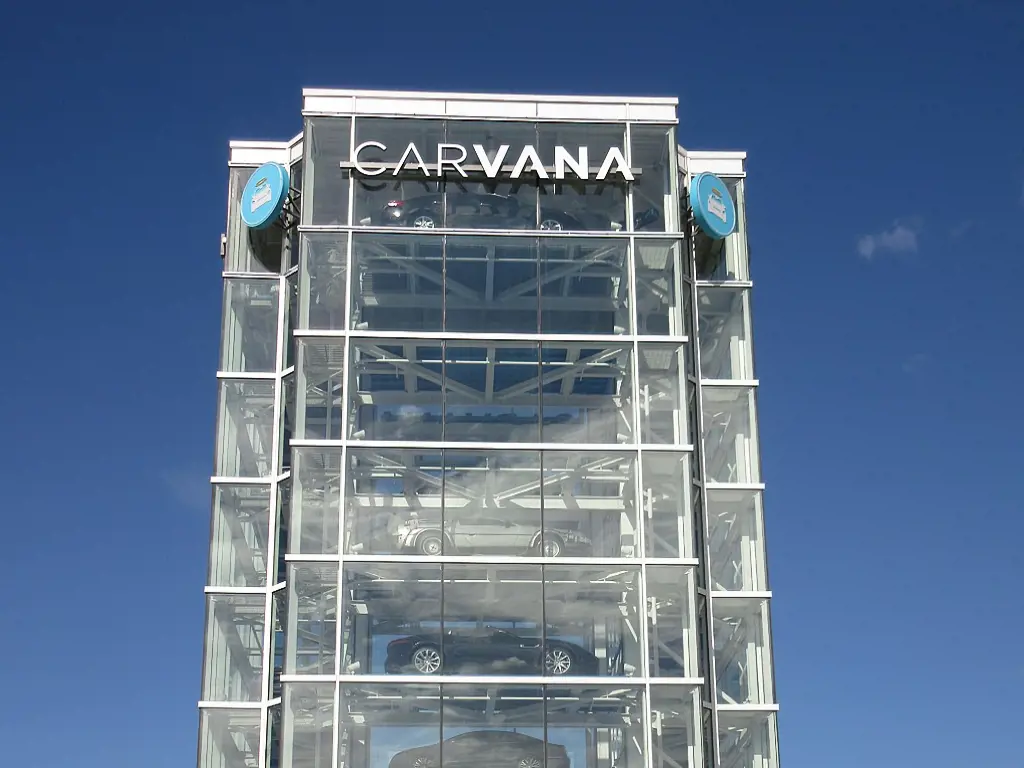
Carvana's Impressive Comeback: Defying Market Expectations and Achieving Remarkable Recovery
Carvana has made a remarkable turnaround in the past year. Just over twelve months ago, Carvana was on the brink of financial collapse. Fast-forward to today and the company is not just surviving but thriving, posting impressive earnings and outperforming many of its peers in the used car market. This recovery is particularly striking when contrasted with the struggles of its UK-based competitor, Cazoo, which has faced significant challenges in the same period.
The Numbers Behind Carvana’s Success
Carvana's second-quarter results for 2024 highlight the company's significant strides:
- Retail Units Sold: In Q2 2024, Carvana sold 101,440 retail units, a 33% increase yearly and a 10% rise quarter over quarter. This surge in sales volume is a testament to the company's effective marketing and customer acquisition strategies.
- Revenue Growth: Revenue soared to $3.41 billion, reflecting a 15% increase over 2023. This robust growth underscores Carvana’s ability to attract customers and generate higher sales.
- Retail Gross Profit per Unit: Retail gross profit per unit climbed to $7,049, an increase of $529. This metric is critical as it indicates improved profitability on each vehicle sold, showcasing better operational efficiency and cost management. Carvana calculates gross profit, unlike traditional dealerships, by considering its multifaceted role as a bank, logistics company, and vehicle auction house, providing a comprehensive view of its profitability across different segments.
- Net income of $48m was generated during the quarter vs. a loss of $105m last year. The adjusted EBITDA margin was also an all-time high at 10.4%, with the Group expecting to do even better than this in the coming months
Strategic Moves Fuelling the Recovery
Several strategic decisions have been pivotal to Carvana’s resurgence:
1. Enhanced Customer Experience: Carvana has continued to refine its customer experience, offering a seamless online platform for buying, selling, and financing cars. The company’s focus on convenience and transparency has resonated well with consumers, driving repeat business and customer loyalty.
2. Operational Efficiency: Carvana has significantly invested in its logistics and inventory management systems. The company has enhanced its service levels and cut costs by optimising its supply chain and reducing delivery times.
3. Financial Restructuring: An essential aspect of Carvana’s turnaround has been its financial restructuring efforts. By renegotiating debt and securing new financing, Carvana has improved its balance sheet, providing the necessary liquidity to support its growth initiatives.
4. Diversified Revenue Streams: Carvana's business model includes various revenue streams beyond car sales, such as financing and vehicle auctions. This diversification has helped the company mitigate risks and stabilise its income, even in a challenging market environment.
Business Model Analysis
Carvana’s business model is designed to leverage technology, vertical integration, and a customer-centric approach to differentiate itself from traditional dealerships. Here’s a deeper look into the elements driving its success:
1. National Vehicle Acquisition Strategy: Carvana sources vehicles nationally, optimising its inventory for a single large-scale operation. This contrasts with traditional dealerships that operate on a local acquisition strategy, often limiting their inventory size and diversity.
2. Seamless Online Transactions: The company’s e-commerce platform allows customers to buy, sell, and finance vehicles online. This model reduces the friction of in-person negotiations and provides a more convenient customer experience.
3. Large-Scale Inspection and Reconditioning Centres: Carvana operates extensive inspection and reconditioning centres with proprietary software, enabling consistent quality control and efficient vehicle processing. This in-sourcing of essential functions reduces costs and improves turnaround times compared to smaller, outsourced reconditioning shops.
4. National First-Party Fulfilment Network: Carvana’s proprietary logistics network facilitates efficient nationwide delivery, expanding its market reach and improving delivery times. This vertical integration reduces dependency on third-party providers and ensures higher service quality.
5. In-House Lending Platform: Carvana offers financing directly to customers through its automated, centralised platform. This reduces costs associated with third-party lenders, provides better control over the lending process, and offers more competitive terms to customers.
6. Technology-Driven Efficiency: Carvana's high upfront investment in technology allows it to scale effectively. AI and proprietary software streamline operations, from vehicle acquisition to customer service, reducing manual tasks and enhancing efficiency.
Looking Ahead
Carvana’s impressive comeback is a case study of strategic resilience and operational excellence. Carvana has navigated through a potential crisis and emerged more robust than before by focusing on customer experience, operational efficiency, financial prudence, and diversified revenue streams. As Carvana continues to build on its momentum, its story inspires businesses facing similar challenges, demonstrating that with the right strategies and execution, it is possible to turn the tide and achieve remarkable success.
Have a great week!
